
La Crema de Limón inglesa es básicamente una crema sin harina, que permanece aterciopelada y menos densa que una crema pastelera normal, adecuada precisamente por ser una salsa para sazonar y no un relleno.
El efecto espesante de la crema se debe a las yemas de huevo, cocinado a una temperatura no superior a 82-85 ° C.
Lemon Curd is basically a cream without flour, which remains velvety and less dense than a normal pastry cream, suitable precisely because it is a sauce for seasoning and not a filling.
The thickening effect of the cream is due to the egg yolks, cooked at a temperature not exceeding 82-85 ° C.

- Azúcar: 60 g
- Yemas de huevo: 3
- Leche: 1/4 litro
- Vainilla: 1 vaina
- Limón: 1 de producción orgánica.
- Sugar: 60 g
- Egg yolks: 3
- Milk: 1/4 liter
- Vanilla: 1 pod
- Lemon: 1 of organic production.
Similar a las natillas, de las cuales es una variante, la crema inglesa se usa principalmente como salsa picante para acompañar postres a temperatura ambiente, o como una preparación básica para hacer charlotte y cremas bávaras (crème bavaroise, o simplemente el bavaroise o en España, la bavaroise).
Similar to custard, of which it is a variant, English cream is mainly used as a hot sauce to accompany desserts at room temperature, or as a basic preparation for making charlotte and and Bavarian creams (crème bavaroise, or simply bavaroise or in Spain, la bavaroise).


-
Lave el limón con cuidado. Con un cuchillo pequeño, retire tres cuartos de la cáscara (solo la parte amarilla) y manténgala a un lado.
-
Ralla la cáscara restante y guárdala en un tazón pequeño.
-
Divide toda la cáscara de limón en dos partes. Corta una en tiras muy finas manteniendo la otra entera.
-
Escalde las tiras en agua hirviendo, escúrralas y reserve.
-
En una cacerola sobre el fuego, vierta la leche, agregue la vainilla y la ralladura de limón entera, hierva casi.
-
Mientras tanto, en un tazón, trabaje las yemas de huevo con el azúcar y la cáscara de limón rallada, hasta obtener una mezcla ligera y homogénea.
-
Vierta la leche sobre ella, poco a poco, pasándola por un tamiz y retirando la ralladura de vainilla y limón; revuelto.
-
Vierta la mezcla en la sartén, vuelva a ponerla al fuego y hierva lentamente, revolviendo constantemente.
-
La crema debe envolver la cuchara con una capa ligera y compacta.
-
Retirar del fuego, agregar las tiras de limón y agregarlas suavemente.
-
Vierta la crema en una salsera a través de un colador y deje enfriar por completo antes de servir, acompañándola con galletas o lenguas de gato.
- Wash the lemon carefully. Using a small knife, remove three-quarters of the shell (just the yellow part) and set it aside.
- Grate the remaining peel and store in a small bowl.
- Divide the entire lemon peel into two parts. Cut one into very thin strips keeping the other whole.
- Blanch the strips in boiling water, drain and reserve.
- In a saucepan over the fire, pour the milk, add the vanilla and the whole lemon zest, bring to a boil.
- Meanwhile, in a bowl, work the egg yolks with the sugar and the grated lemon peel, until obtaining a light and homogeneous mixture.
- Pour the milk over it, little by little, passing it through a sieve and removing the lemon and vanilla zest; scrambled.
- Pour the mixture into the pan, put it back on the fire and bring to a boil slowly, stirring constantly.
- The cream should wrap the spoon in a light and compact layer.
- Remove from the heat, add the lemon strips and gently add them.
- Pour the cream into a saucepan through a strainer and let cool completely before serving, accompanying it with cookies or cat tongues.
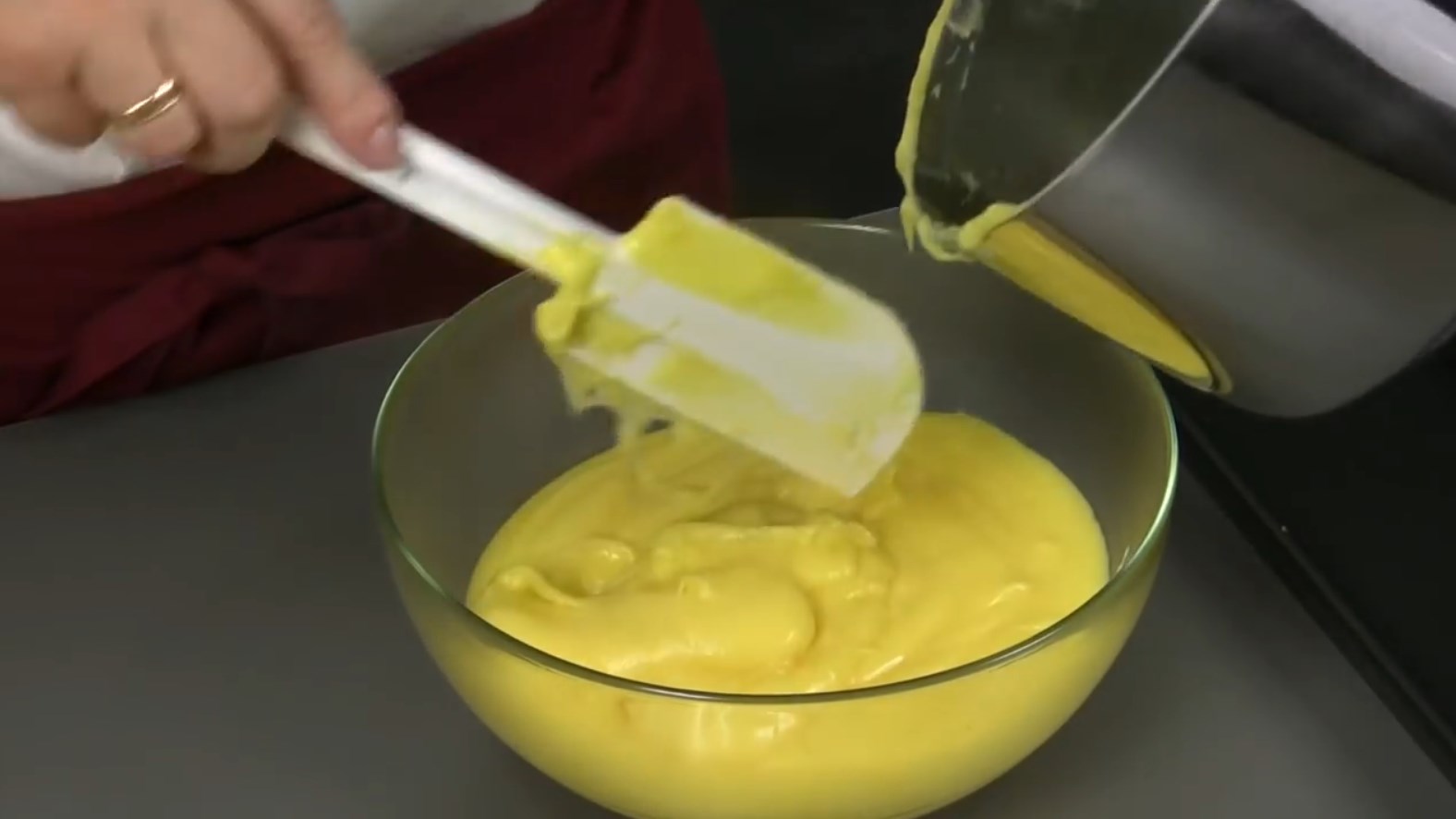

La receta original ha sido publicada en mi blog en italiano Il Mondo dei Dolci como consecuencia de mis varios años de residencia en aquel país europeo.
He publicado más de 5.000 recetas en el mismo así que si se animan a traducirlas y a modificar algunos de los ingredientes, afines a cada país, pueden hacerlo libremente.
The original recipe has been published on my blog in Italian Il Mondo dei Dolci as a result of my several years of residence in that European country.
I have published more than 5,000 recipes in it so if you dare to translate them and modify some of the ingredients, related to each country, you can do it freely.
Posteo cruzado / Crossposting.

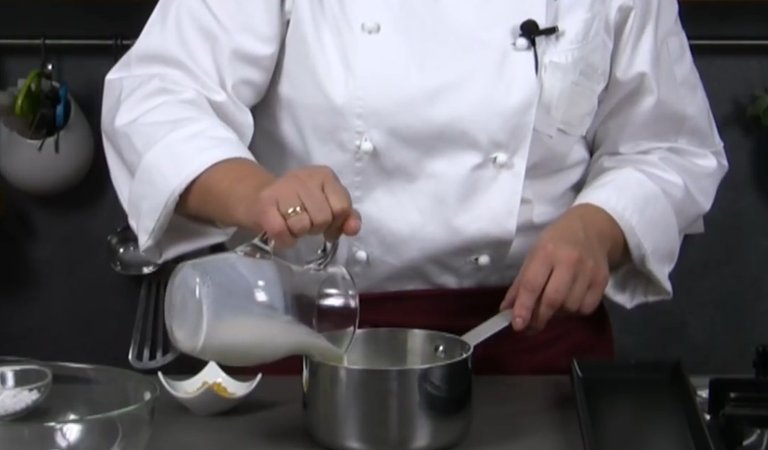
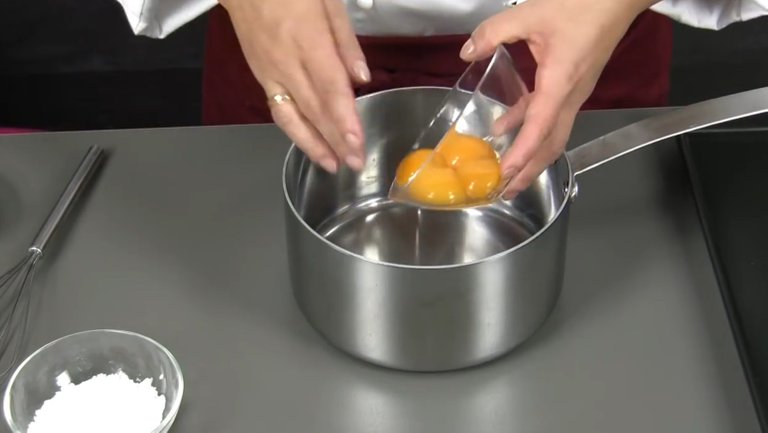
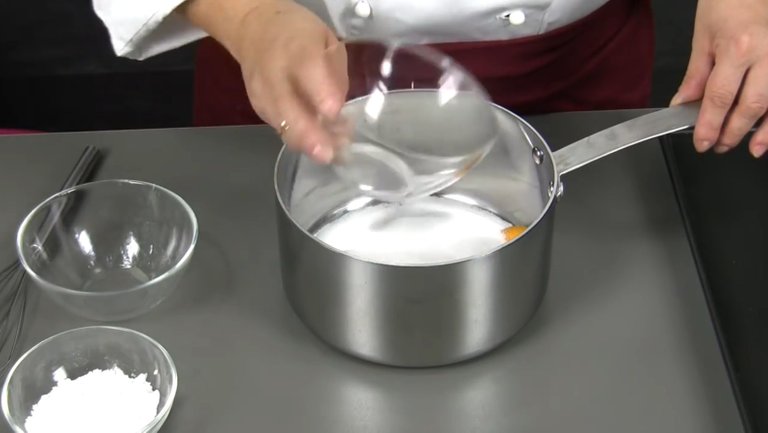
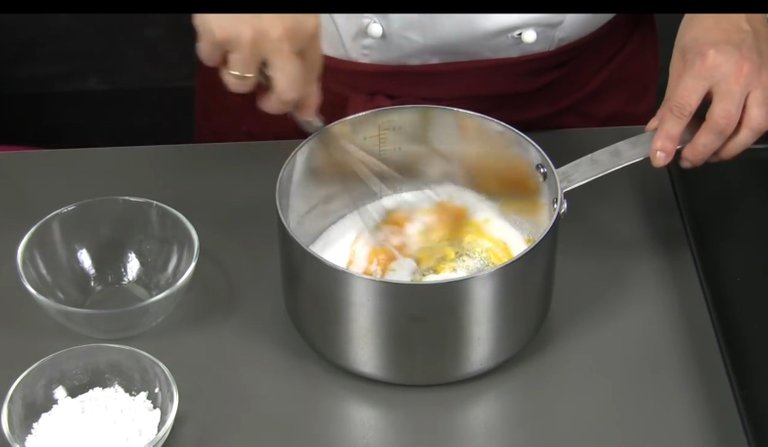
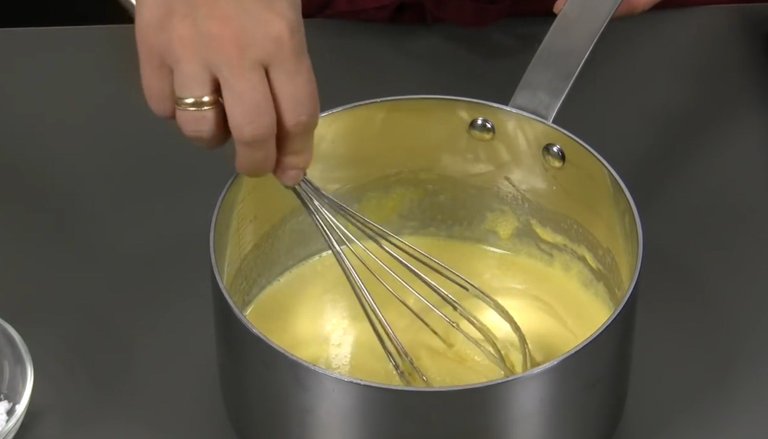
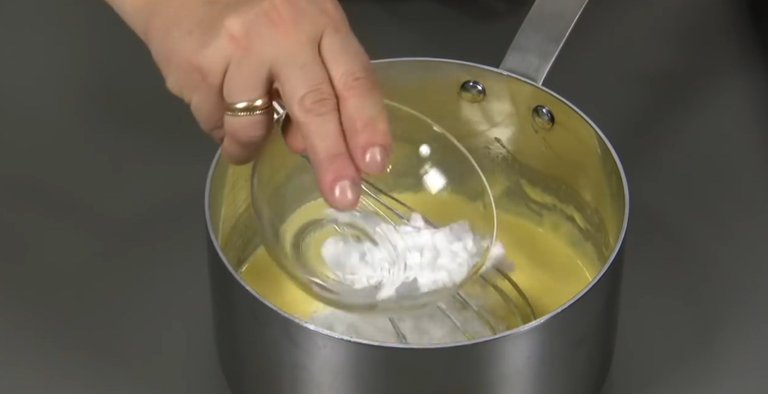
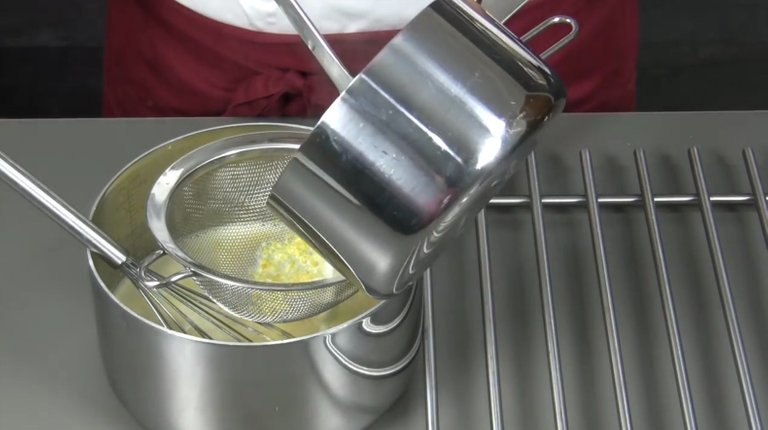
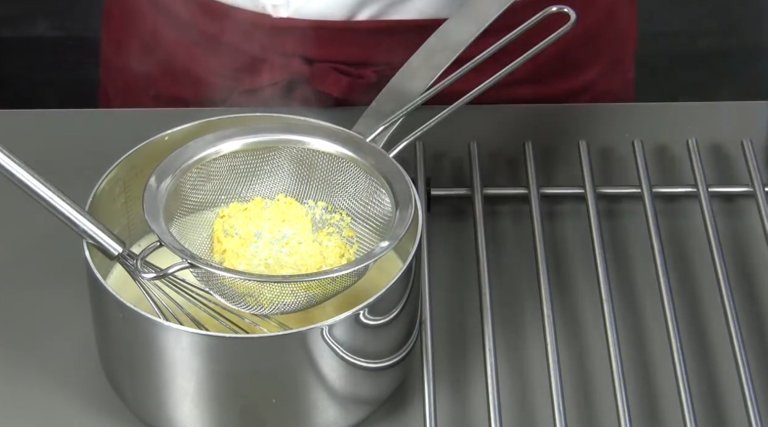
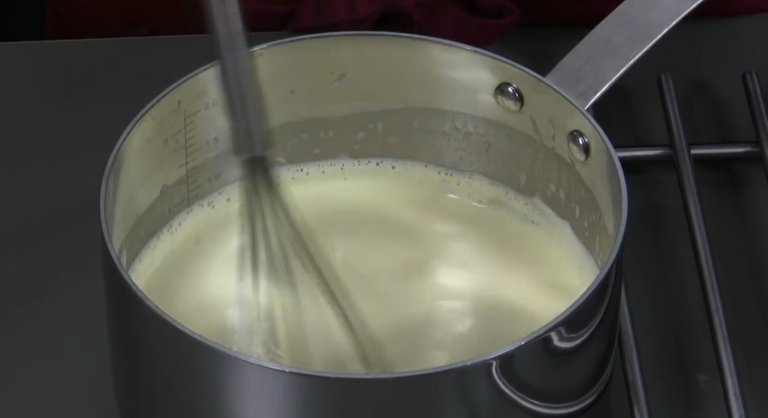
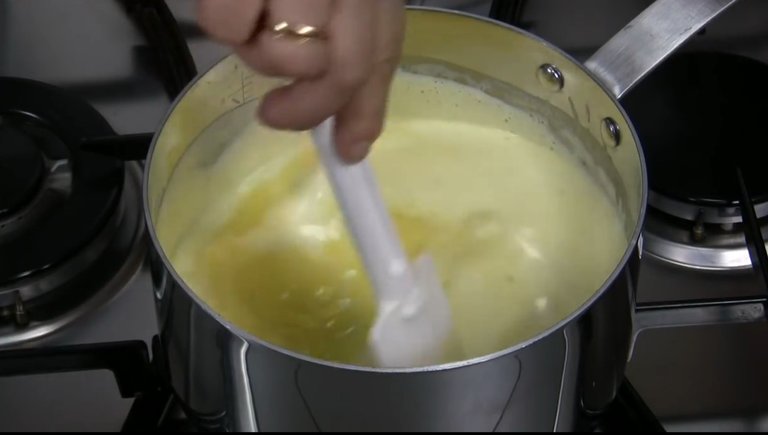
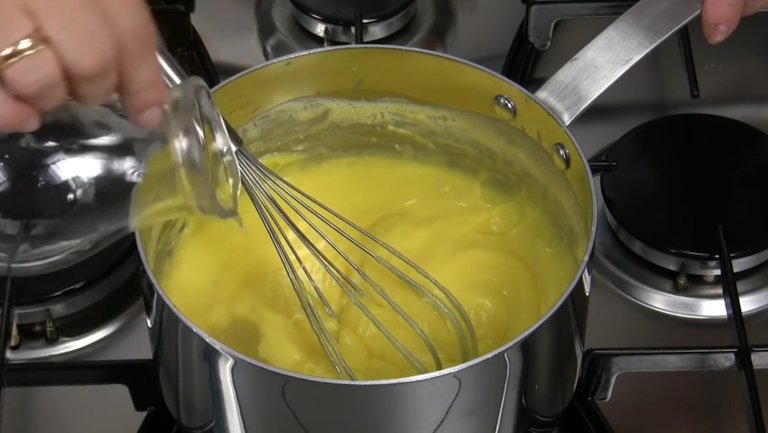
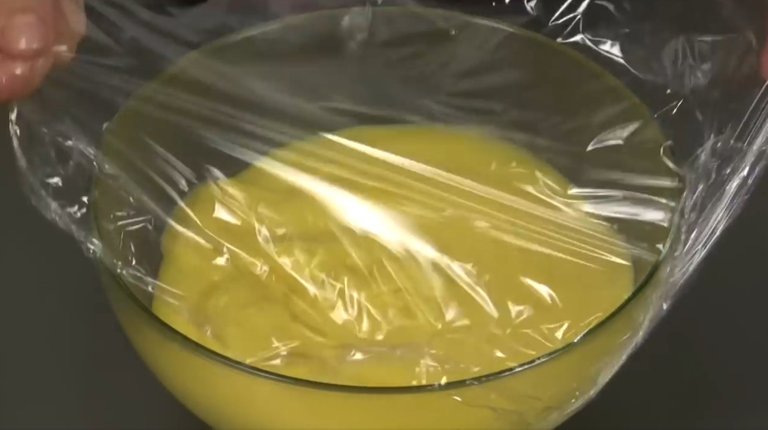
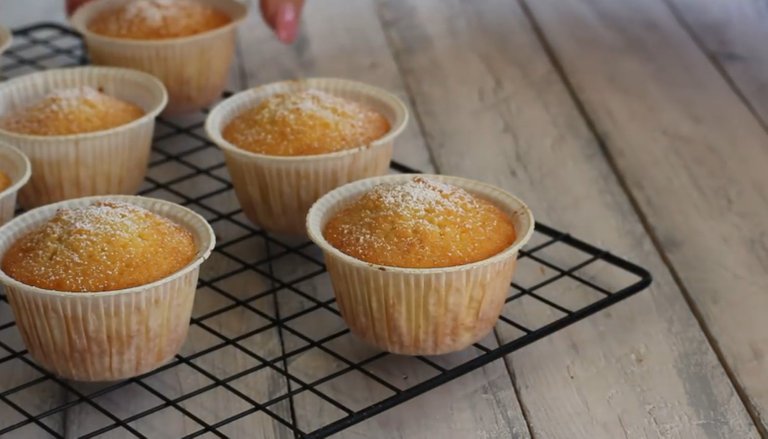
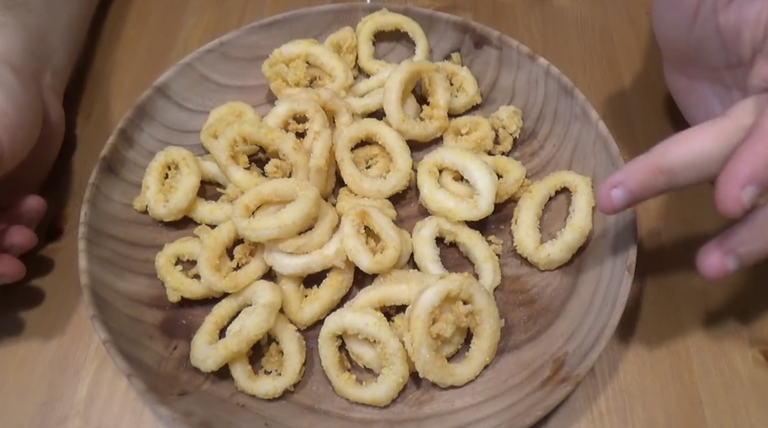

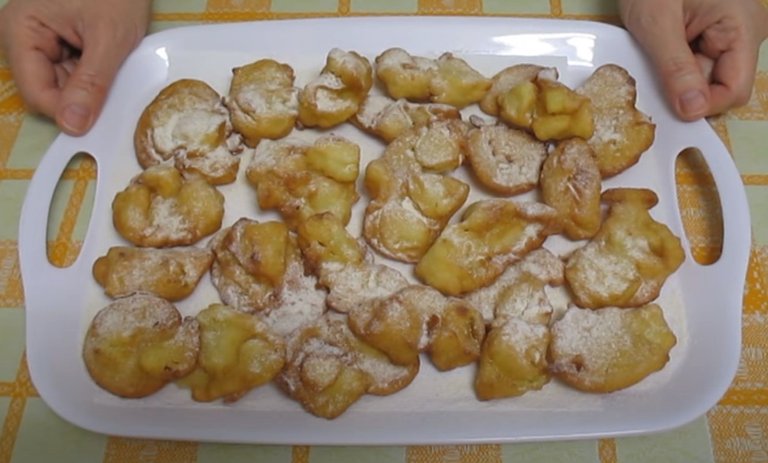
Comments
Thank you for voting, curating and supporting my content to the entire @r2cornell team and in particular to @Crisch23
Thank you for voting, curating and supporting my content @hubeyma.